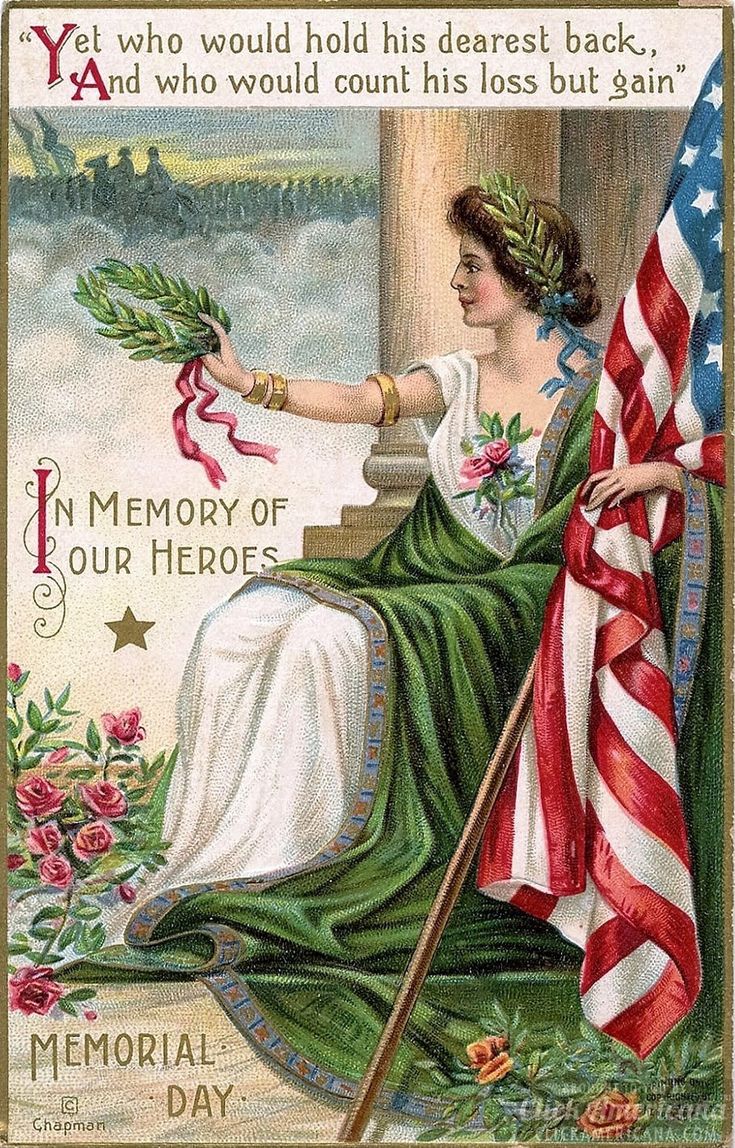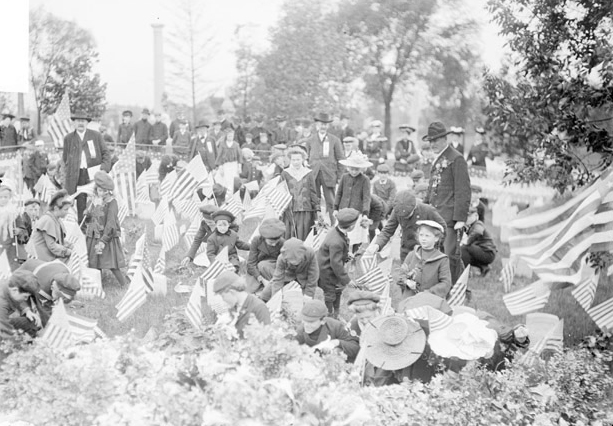When Was Memorial Day Called Decoration Day? 1866 Reveal

The celebration known today as Memorial Day had its origins in the 19th century, immediately after the Civil War. Initially, it was recognized by another name, Decoration Day. Let's delve into when and how Memorial Day evolved from Decoration Day, exploring its history, significance, and how it became an official holiday.
The Birth of Decoration Day

The roots of Decoration Day trace back to the years following the Civil War, a time when the United States was still healing from the devastating effects of the conflict. In 1865, the war ended, leaving behind a nation in mourning and millions of graves to commemorate. Communities, particularly those in the South, began the custom of decorating soldiers’ graves, which would later inspire the formation of a national day of remembrance.
Establishment of Decoration Day

The first recorded occurrence of a large-scale observance that would be recognized as Decoration Day was in 1866 in Waterloo, New York. General John A. Logan, leader of the Grand Army of the Republic, an organization of Union veterans, proclaimed on May 5, 1868, that May 30 should be set aside to decorate the graves of the fallen soldiers with flowers:
"...We should guard their graves with sacred vigilance...Let us, then, at the time appointed, gather around their sacred remains and garland the passionless mounds above them with the choicest flowers of spring-time; let us raise above them the dear old flag they saved from dishonor."
From Decoration Day to Memorial Day

The transition from Decoration Day to Memorial Day did not happen overnight. Here are key milestones in the transition:
- 1868: The first Decoration Day was observed on May 30.
- 1873: New York became the first state to officially recognize the holiday.
- 1882: Illinois followed suit, and by 1890, most northern states had established Decoration Day as an official state holiday.
- 1890s: The name Memorial Day began to emerge in speeches and writings as an alternative name for Decoration Day, though the name Decoration Day remained more common until after World War I.
Change to Memorial Day

After World War I, there was a push to honor all those who died in American wars, not just those from the Civil War. This movement led to a gradual transition in the name of the holiday. In 1971, Congress passed the Uniform Monday Holiday Act, which established Memorial Day as the last Monday in May, creating a three-day weekend for federal employees. This also officially changed the name from Decoration Day to Memorial Day.
| Year | Event |
|---|---|
| 1866 | First observed as Decoration Day in Waterloo, NY |
| 1868 | General John A. Logan proclaims May 30 as Decoration Day |
| 1873 | New York becomes the first state to recognize it officially |
| 1971 | Becomes Memorial Day, last Monday of May |

📌 Note: Memorial Day is observed to honor those who died in military service to the United States, while Veterans Day honors all those who have served in the military.
Today, Memorial Day is a day of remembrance, celebrated with parades, memorial services, and family gatherings. It has grown into a significant event in American culture, marking the unofficial start of summer with barbecues and picnics. However, the core message of honoring the fallen has remained intact, even as the name and date of observance have evolved.
Closing Reflections

From its inception as Decoration Day in 1866 to its current incarnation as Memorial Day, this holiday has reflected the enduring need to remember and honor those who made the ultimate sacrifice. The shift in its name and date signifies not only a change in how we remember but also the expansion of what we remember, acknowledging the service and sacrifice of all Americans who died in any war. The values of honor, remembrance, and gratitude remain at the heart of Memorial Day, ensuring that we never forget the cost of our freedoms.
Why Was May 30 Chosen for Decoration Day?

+
May 30 was chosen by General John A. Logan because it was a date when flowers would be in bloom in all parts of the country, making it ideal for decorating graves.
When Did Memorial Day Officially Become a National Holiday?

+
Memorial Day became a national holiday on June 28, 1968, when Congress passed the Uniform Monday Holiday Act.
What’s the Difference Between Memorial Day and Veterans Day?

+
Memorial Day honors those who died while serving in the U.S. military, whereas Veterans Day honors all American veterans, living and dead, who have served in the military.
How Should Memorial Day Be Observed?

+
Memorial Day can be observed by attending parades, visiting cemeteries to decorate graves, participating in memorial services, or simply taking a moment of silence at 3 p.m. to remember those who have died in military service.



